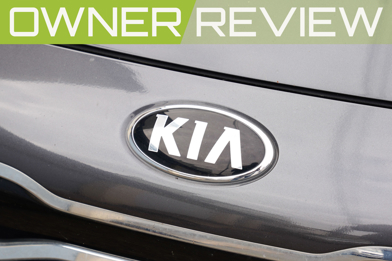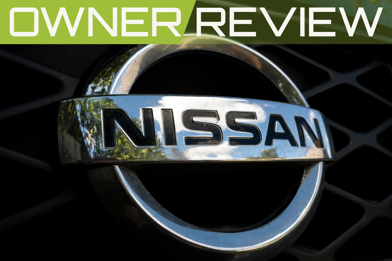The history of Smart is probably not as well-known in New Zealand as other markets, but it definitely had a presence here prior to the latest models. The original rear-engined, rear-drive City-Coupe/Fortwo and Roadster were sold in NZ for a short time from 2005.
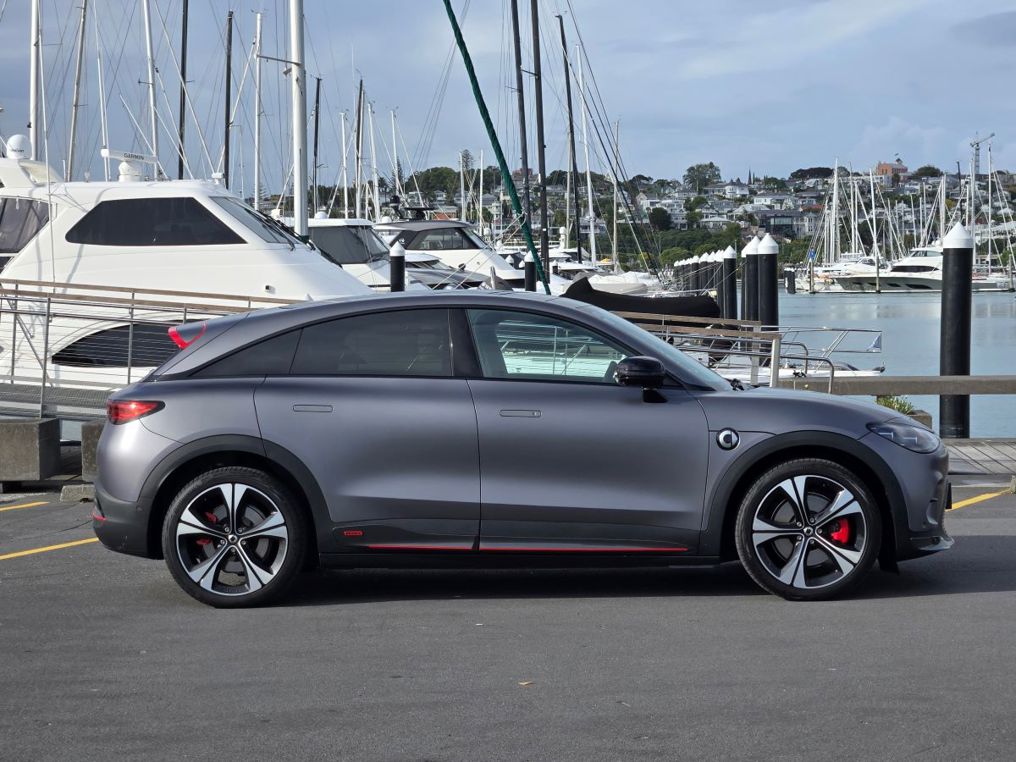
It’s no secret that there’s some disquiet among Smart fans in Europe (and perhaps in NZ, are you still out there?) at the company going from a maker of enormously innovative and wholly European micro-cars to a joint-venture brand between Mercedes-Benz and Chinese giant Geely, making compact SUVs on shared EV platforms.
We get that. We love the Fortwo as well and of course the very last 3rd-generation model only just finished production at “Smartville” in France last year. So it’s still pretty fresh in people’s minds.
M-B and Geely have been working on their Smart-reboot since 2019, by the way. And if you wanted to be a bit controversial, you could argue these new-gen models are still pretty much on brand, if you consider the 2000s Smart that nobody talks about much any more.
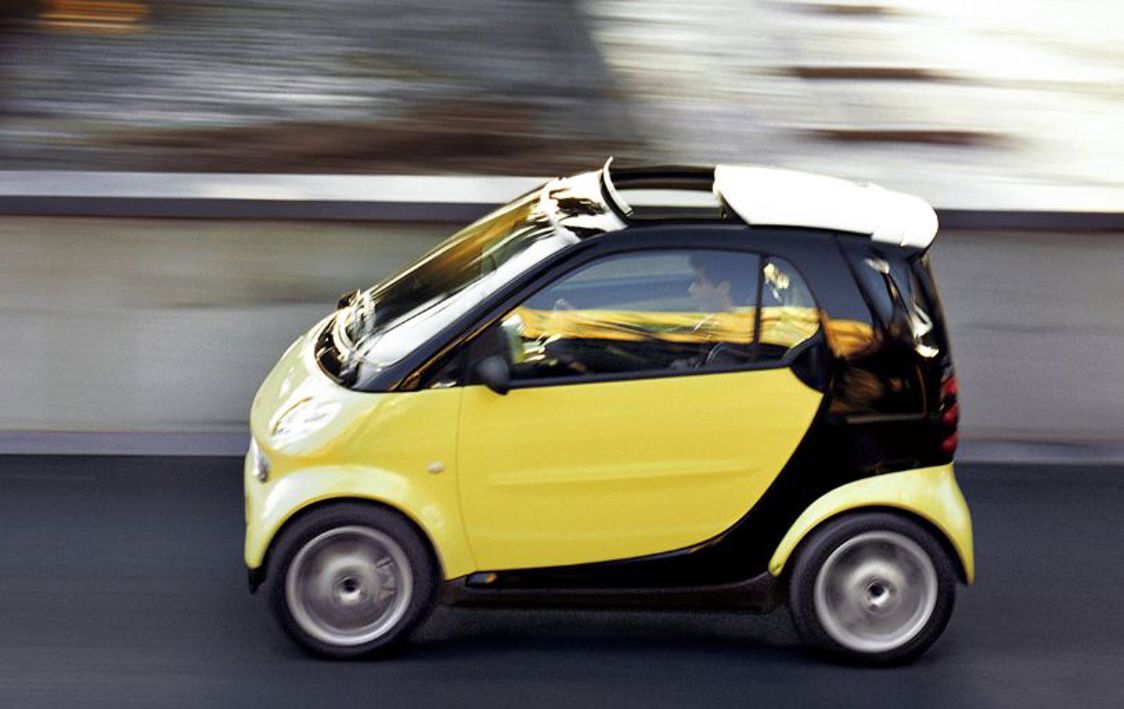
Following the launch of the OG Smart City-Coupe and Roadster, the company decided it needed something a bit bigger and more conventional; something with five doors.
The very last 3rd-generation Fortwo only just finished production at Smartville in France last year. So it’s still pretty fresh in people’s minds.
The 2004 Smart Forfour had similar styling cues to its smaller siblings, but was actually based on the front-engined, front-drive platform of the Mitsubishi Colt. It was built at the Mitsubishi/Volvo NedCar plant in the Netherlands.
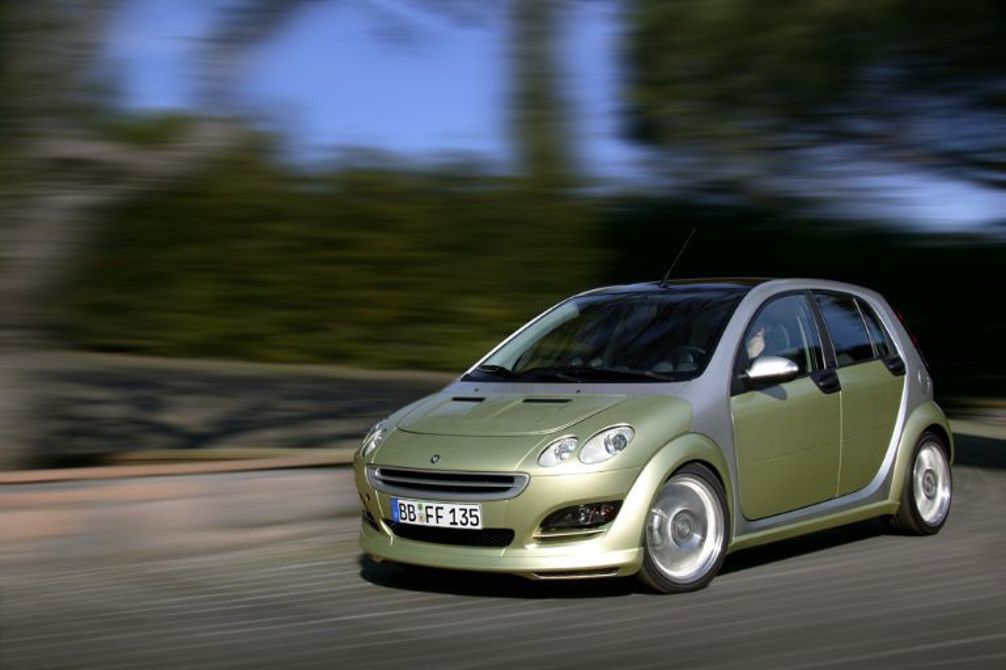
So teaming up with an outwardly unlikely new partner to do something a bit more populist is not new to Smart. It only lasted two years, although Smart brought back the Forfour as something a lot closer to the Fortwo in 2014 (engine at the back again, in other words); but focusing too much on that is taking us away from our point about these new #models, so let’s move on.
The Brabus connection to Smart goes back a way: Smart-Brabus was a separate joint-venture company formed in 2001 to create wacky versions of the City-Coupe and Roadster. There was even a Brabus version of the original Forfour in 2005.
It’s time to meet the Smart #3 Brabus, the sportiest and fastest of the new Smart bunch. It’s really fast, by the way: 315kW and 0-100km/h in 3.7 seconds.
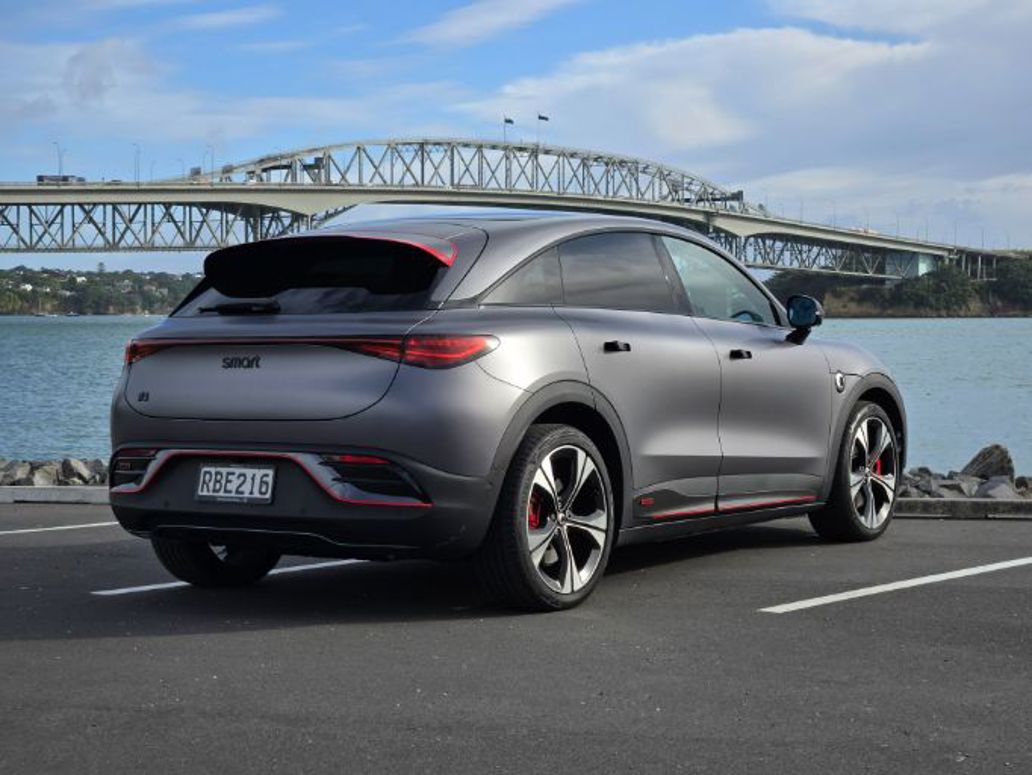
That’s what you expect from Brabus, a German company most famous for its wild modifications of performance cars, especially Mercedes-Benzes.
We liked the standard-specification #3 Premium we drove earlier this year. But does it work in Brabus form as an $85k enthusiast machine?
The connection to Smart goes back a way, too: Smart-Brabus was a separate joint-venture company formed in 2001 to create wacky versions of the City-Coupe and Roadster. There was even a Brabus version of that original Forfour in 2005, with a turbocharged Mitsubishi engine. Just saying.
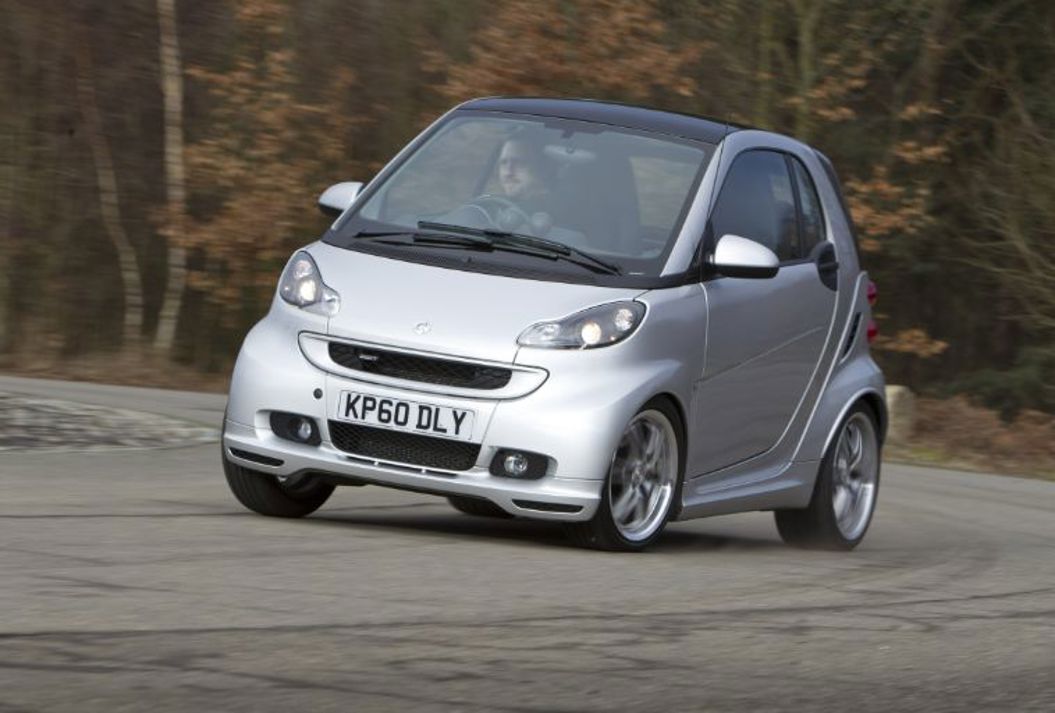
At the risk of repeating ourselves for a third time (check out our Smart launch story, #3 Premium and #1 Brabus reviews), the #3 is a slightly longer and lower coupe-like version of the very upright #1 SUV. You can have both in standard single-motor or crazy-fast Brabus models; we rather like the curvaecous style of the #3 and it doesn’t hurt that it has slightly better range (superior aerodynamics) and a slightly bigger boot.
We liked the standard-specification (and retro-look) #3 Premium we drove earlier this year. But does it work in Brabus form as an $85k enthusiast machine?
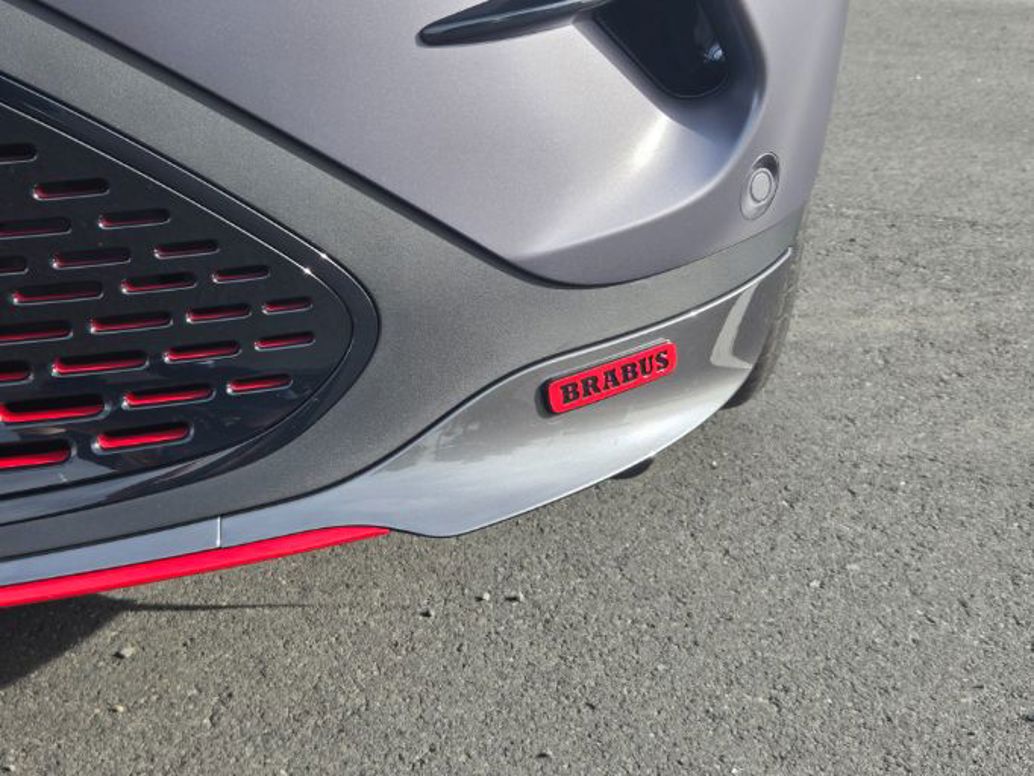
If “enthusiast” means rapid acceleration, you’re in luck. Hitting 100km/h in under four seconds is seriously fast by any measure, but it’s especially dramatic in an EV. An Audi RS 3 is as quick, but in a combustion car the acceleration builds and you’re ready for the final blast of speed when it comes. In an EV, it’s instant: bang, and you’re off. There’s even a “rocket launch” mode to achieve the most extreme acceleration. Do it a couple of times and you’re feeling physically sick.
Luckily, there’s a bit of dynamic depth to the #3 Brabus beyond the comedy acceleration antics. The steering has substance, the ride is pretty good even on the Brabus sports suspension and 20-inch wheels, and the chassis actually feels pretty nimble for a 1.9-tonne EV. At least it does if you’re mindful with the throttle and manage the power; if you don’t, progress around corners can be a series of semi-terrifying high-speed hops. An excess of power can all-too-easily make the Brabus feel understeery or oversteery; it’s up to you to find the balance.
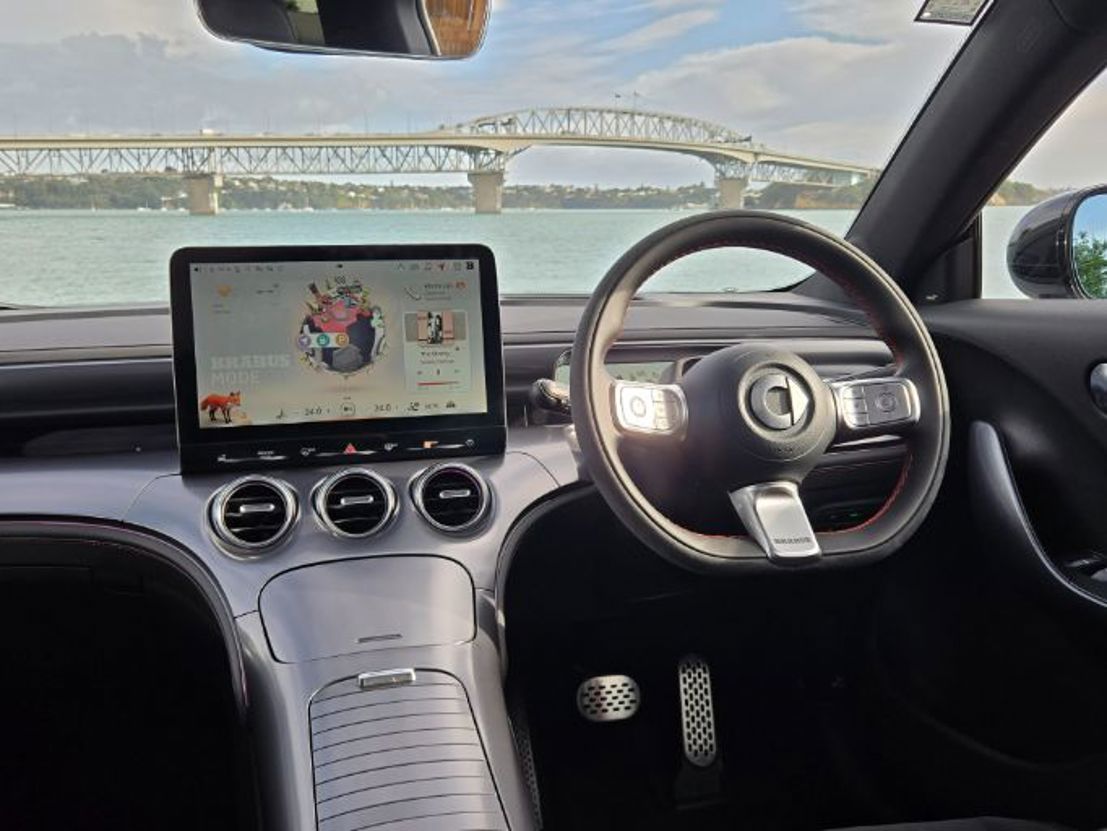
Inside, the #3 is signature-EV design, with a minimalist dashboard and large 12.8in infotainment display. There’s Mercedes-Benz influence (the German company took the lead on a lot of the styling) in the trio of ventilation outlets and bulbous silver dashboard shapes, not to mention the clicky silver steering wheel buttons.
Smart might have tried a bit too hard with the infotainment menus. We get it: it’s supposed to have fun design themes, but the wild graphics and fox/cheetah avatars can make it all look overwhelming. Once you’ve learned your way around, there are some good features, like a favourites menu for the driver assists that lets you choose your favourite configuration of features on/off and return to it with a click. Although for what it’s worth, Smart's active safety bings and bongs are among the best calibrated and least annoying of new-gen Chinese EVs.
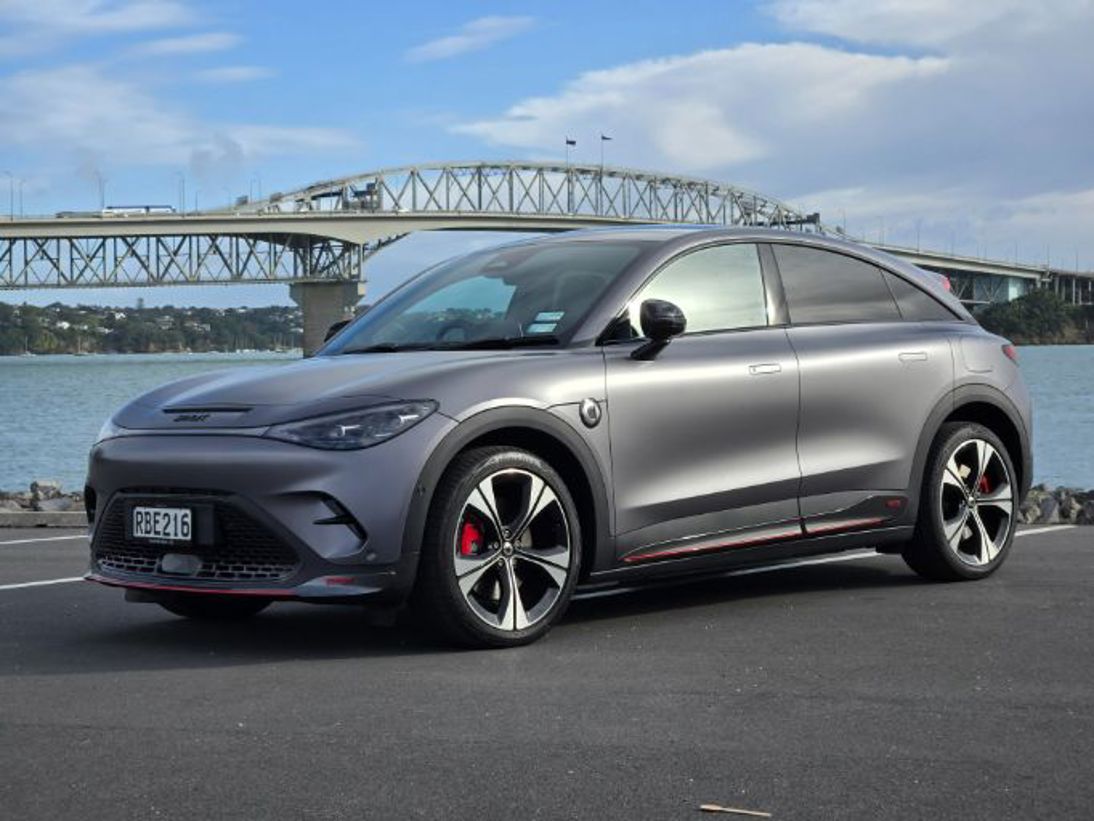
There’s no doubt that the Brabus offers a lot of performance for an extra $10-$15k over the #3 Premium or Pro+. A lot. It’s ridiculously fast. And the Brabus name has some history, so that’s a draw for those in the know.
But we would suggest asking yourself whether you really need to go that fast in what’s still essentially supposed to be a fun, compact urban EV-SUV. The rear-drive 200kW models are arguably a sweeter drive and a more in keeping with the spirit of Smart.
How much is the Smart #3 Brabus?
The Brabus version of the coupe-style Smart #3 is the flagship of the brand at $84,990. That's $5k more than the #1 Brabus, which is taller but also slightly smaller.
What are the key statistics for the Smart #3 Brabus?
The Brabus model has a 66kWh battery that gives it 415km range and can charge at up to 150kW. It's dual-motor (AWD) with 315kW/543Nm.
Is the Smart #3 Brabus efficient?
With so much performance on tap, it depends how you use it. But 415km range from a 66kWh battery is pretty good in normal driving, especially considering this is a near-2-tonne car.
Is the Smart #1 Brabus good to drive?
It's impressive because it has a dual personality. It can feel like a perfectly pleasant compact-SUV when you drive it moderately (even the ride is quite good), but wind up the drive modes and it boasts savage performance and extreme roadholding ability.
Is the Smart #3 Brabus practical?
The coupe-styled #3 is almost more practical than the more traditionally upright #1, with a larger boot and rear headroom that isn't greatly compromised by the lower roofline.
What do we like about the Smart #3 Brabus?
Its ability to be either sensible or savage depending on your mood. Substantial steering gives it an engaging feel, and the Mercedes influence in the cabin means an nicely intuitive layout.
What don’t we like about the Smart #3 Brabus?
That intuitive layout doesn't extend to the infotainment screen, which is pretty (deliberately) wild-looking. The extreme power output can provoke twitch handling.
What kind of person would the Smart #1 Brabus suit?
Somebody who wants a small EV with extreme performance and decent dynamics; or somebody who knows Smart and is keen to see how the brand journey is continuing.




